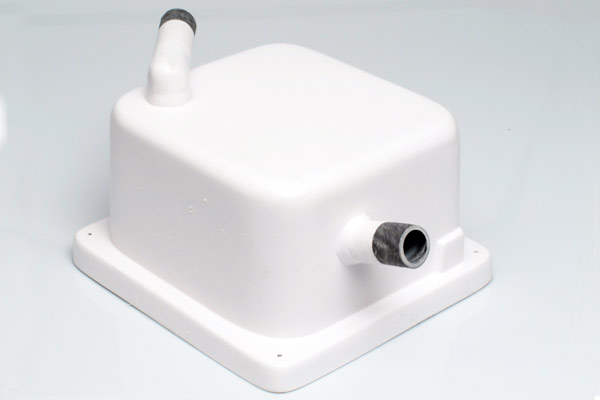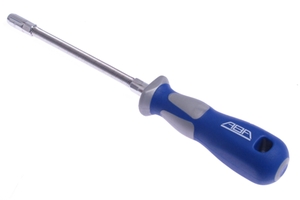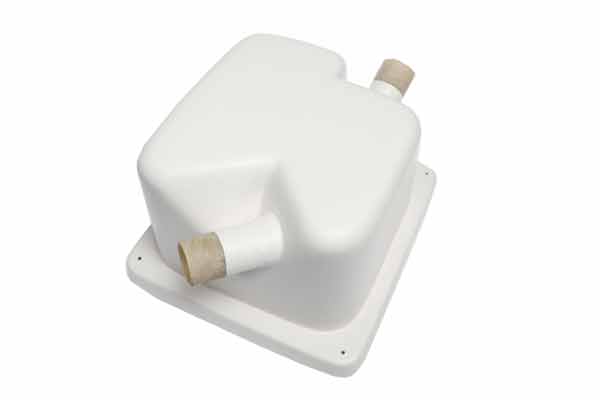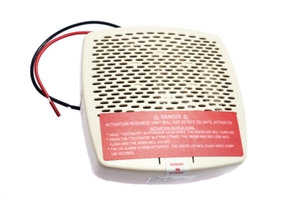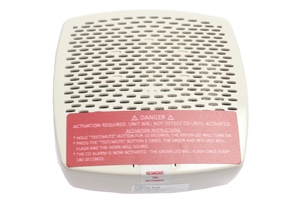- Companionway Lock Set. Secure night's sleep with key protected entry. Now In Stock Order Here
- Tachometers custom calibrated to newer OEM engine/alternator combinations now available Z5763.
- Univesal Diesel 16' & 18' Instrument Panel Extension Harnesses back in stock. Click here April is Custom Gel Coat Month. Order Here

Catalina Direct is the largest supplier of Catalina Yacht parts in the country. We specialize in parts, custom up-grades, and accessories. Worldwide delivery available.


